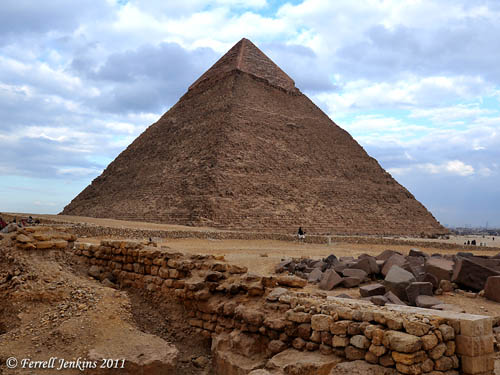Yesterday we drove north from Eilat to Beersheba (Be’er Sheva). Beersheba, the ancient home of the patriarch Abraham, is the heart of the Negev (the Southland in some English versions).
In the wilderness of Zin, where the ancient Israelites wandered (Numbers 33:36), we saw two female shepherds bringing their large flock of sheep and goats across the main highway 40. This photo shows them after they had crossed the highway on their way to their community of Bedouin. We saw the tents in the distance a little further south.
If you can not see the photo click here.

Sheep in the Wilderness of Zin. Photo by Ferrell Jenkins.
The wilderness of Zin included Kadesh Barnea and was the southern boundary for the tribe of Judah.
The land allotted to the tribe of Judah by its clans reached to the border of Edom, to the Wilderness of Zin in the Negev far to the south. (Joshus 15:1 NET)
We enjoyed a Big Mac at the McDonald’s at Avdat, an important town along the Nabatean spice route between Petra and Gaza.
We continued along the way north to Makhtesh Ramon Crater. This crater, about fifty miles south of Beersheba, is said to be the largest crater in the world. We went to the observation point to take a look at the crater. Several people were preparing to rappel the cliff. The most interesting one was a little girl who was not quite six years old. After watching her be instructed in how to handle the rope, we saw her begin down the cliff. We went down to a lower point to see her. By the time we got there she was almost at the bottom and was being helped by (possibly) her mother who had come down before her.
(I am having a little problem uploading photos. If the photo below does not show, click here link to see it.)

Young girl gets ready to rappel at Makhktesh Ramon Crater. Photo by Ferrell Jenkins.














You must be logged in to post a comment.